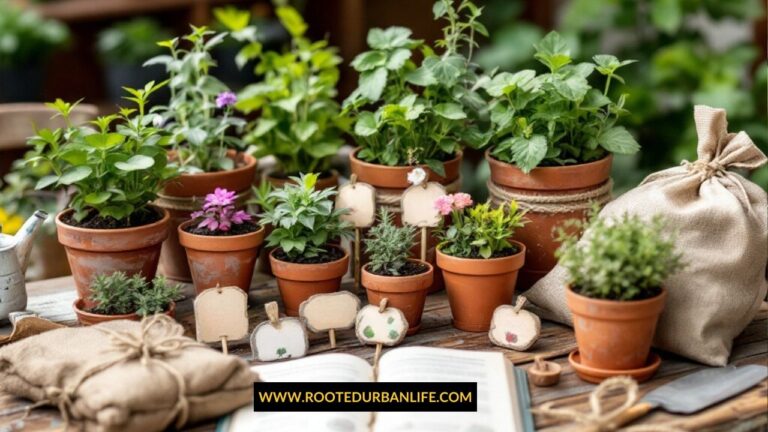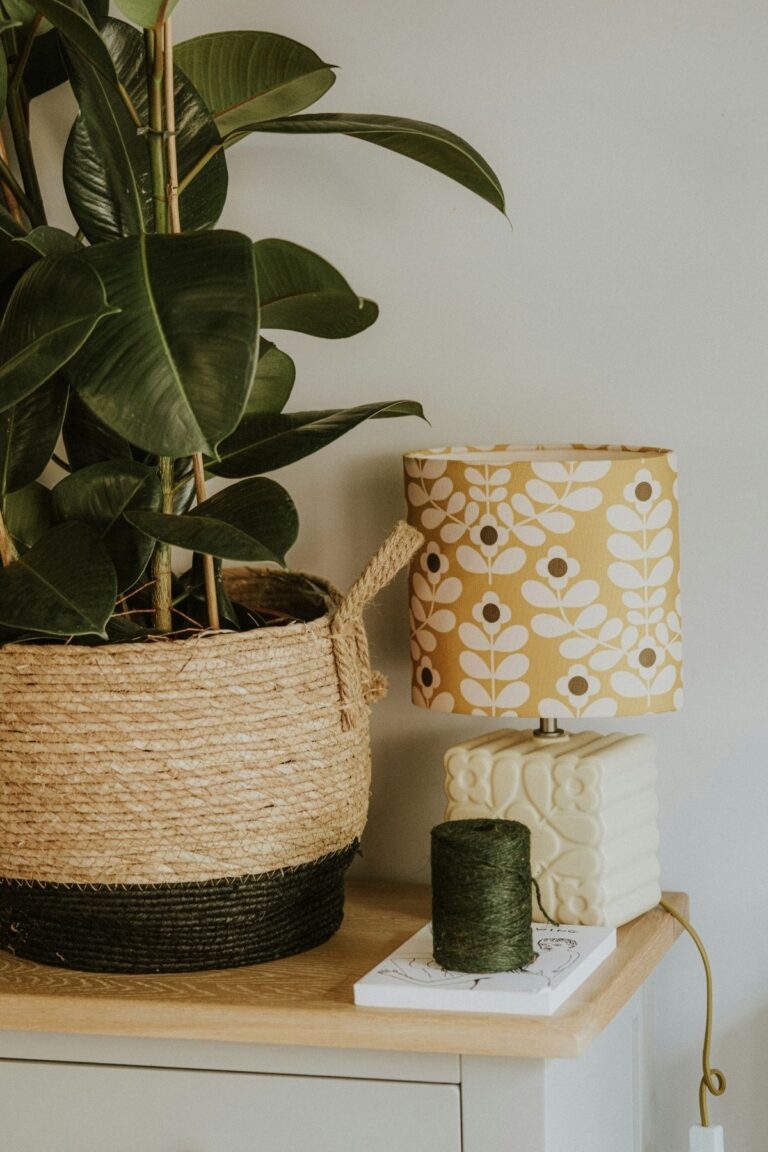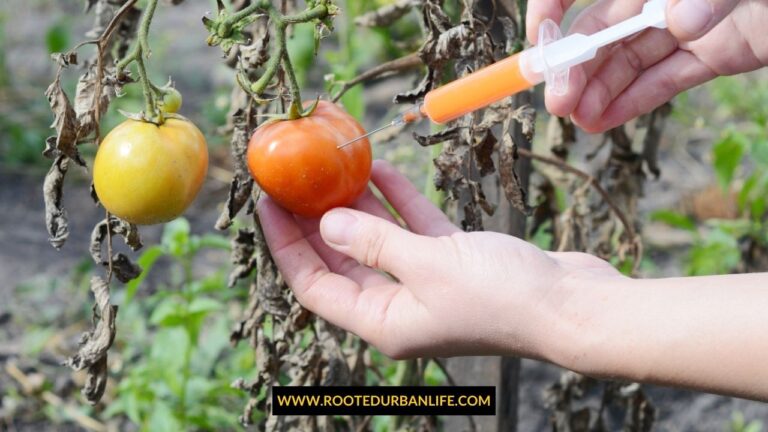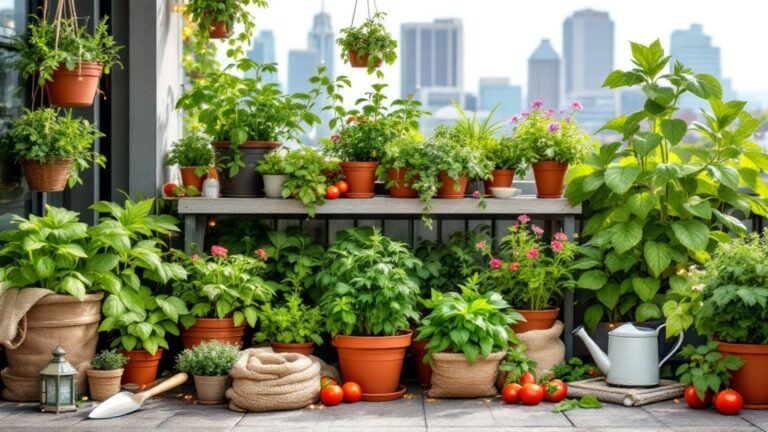Creative Balcony Herb Garden Solutions for Small Spaces
With the right strategies, even the smallest balcony can transform into a thriving herb garden.
Vertical gardening, clever DIY projects, and space-efficient solutions will inspire you to make the most out of your balcony, wether you’re a beginner or an experienced gardener.
Read more: Creative Balcony Herb Garden Solutions for Small Spaces| To create a successful balcony herb garden, focus on vertical gardening methods, space-saving containers, and DIY solutions like pallet gardens or custom boxes. Herbs like basil, parsley, and thyme thrive in small spaces, and by adjusting watering and pruning techniques, urban gardeners can enjoy fresh herbs year-round. |
Small Space Solutions
No balcony is too tiny for growing herbs with the right approach. Consider these effective ideas:
- Vertical Gardening: Install shelves, wall planters, or hanging baskets to use your vertical space efficiently.
- Herb Garden Kits: Easy-to-use kits include pots, soil, and seeds, allowing you to start your herb garden without hassle.
- Railing Planters: Attach small pots or troughs to your balcony railing. Herbs like basil and parsley thrive here.
- Custom Herb Garden Box: Craft a personalized herb garden box that fits snugly in your space, giving you room for different herbs.
- Pallet Planter: Repurpose an old pallet to create a charming vertical garden.
DIY Projects: Upgrading Your Balcony Herb Garden
Adding personal touches to your balcony herb garden can make growing your own herbs more fun and practical. Here are some simple DIY projects to enhance your space.
Herb Garden Box
To create a dedicated space for your herbs, build a wooden garden box. Begin by gathering wooden boards and have them cut to the sizes you need. Secure the pieces together using screws or nails. Remember to drill small holes in the bottom for good drainage. Fill your new box with soil and plant your chosen herbs.
Pallet Herb Garden
An old wooden pallet can be transformed into a unique herb garden. Start by sanding the pallet to ensure a smooth finish. Attach fabric to the back and sides to hold the soil in place. Fill each section of the pallet with soil and your herbs. You can hang it on a wall or lean it against something for a stylish vertical garden.
Railing Planter
Utilize your balcony railing with a planter box. Get a planter and attach metal brackets to it for stability. Use screws or bolts to secure it to your railing. Fill the planter with soil and your favorite herbs. This project saves space and allows you to grow herbs right over the edge of your balcony.
Herb Labels
Identify your herbs with simple labels. Use small wooden tags or popsicle sticks, writing the names of your herbs with paint or markers. Place these tags in the soil next to each herb. This easy project can be a fun activity to do with kids, encouraging creativity and resourcefulness in finding materials.
Vertical Garden Ideas
For a vertical touch, consider these options:
- Hanging macramé planters
- Painted wooden pallets mounted on walls
- Tiered plant stands
- Stacked crates
Herb Spiral
If your balcony is larger, you can create a herb spiral using bricks or stones. Arrange the materials in a spiral shape and fill with soil. Different herbs can be planted at various heights. This design maximizes space but may require more effort to build.
Rolling Herb Garden
Attach wheels to a large container or wooden crate for a rolling herb garden. This allows you to move your plants easily to sunny spots or indoors when the temperatures drop.
Herb Chandelier
For a whimsical touch, hang a wire basket from the ceiling of your balcony. Add smaller pots around the edges to create a charming herb chandelier that enhances your garden and provides easy access to your herbs.
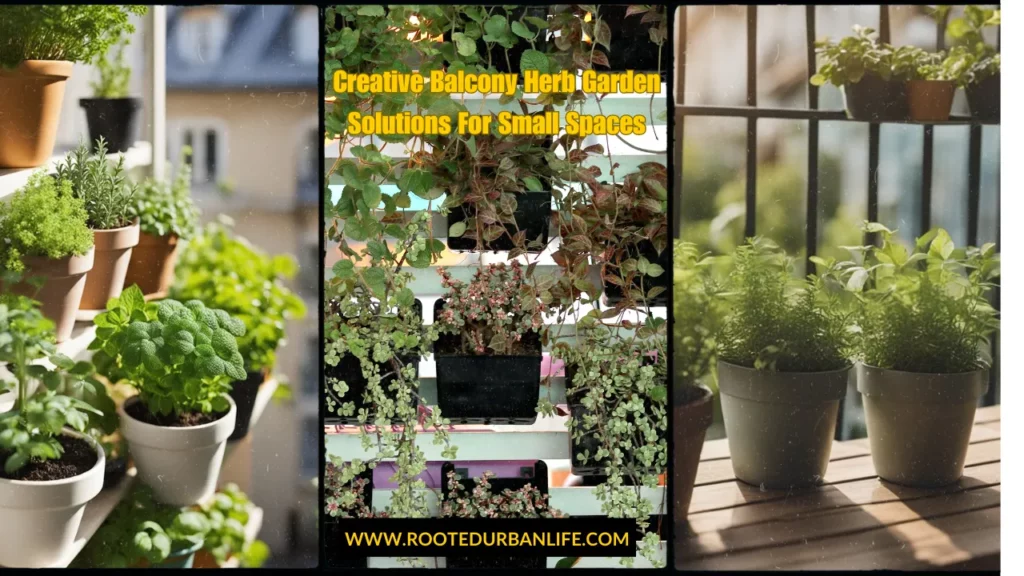
Caring for Your Balcony Herb Garden
To keep your herbs thriving, focus on watering them properly. Adjust the frequency based on the type of herb and weather conditions. For instance, basil requires more water, especially in heat. Water in the morning or evening to limit evaporation, ensuring you target the roots without soaking the leaves. The soil should feel moist but not soggy.
Pruning is essential for healthy growth. Regularly trim your herbs, like basil, to promote bushy development and prevent leggy stems.
Use organic fertilizer or compost every few weeks during the growing season. This supports plant health, but be cautious not to overdo it.
Stay vigilant for pests such as aphids and spider mites. Treat infestations promptly with gentle soap or neem oil.
Fixing Common Issues
- Yellowing Leaves: This often means you are watering too much or the drainage is poor. Check that your pots have drainage holes and reduce the frequency of watering.
- Pests: Watch out for aphids and spider mites. Regularly check your plants and take action quickly if you notice any pests.
- Leggy Growth: If your plants look stretched or tall, they might need more light. Consider moving them to a brighter area or rotate your pots to get even sunlight.
- Water Management: Be careful not to overwater, as this can cause root rot and other issues.
Caring for Herbs in Winter
To help your herbs survive the cold months, take some key steps.
Thyme can handle frost well. You should place it in a protected area or wrap the pot with insulating material.
Rosemary prefers milder winters. Bring it inside if temperatures go below freezing.
Sage can endure mild conditions, so keep it sheltered.
Mint often dies back in winter but will regrow in spring.
For better protection, insulate pots with burlap or bubble wrap. Place them in a shielded location, reduce watering, and ensure they get enough light. If natural light is lacking, consider using grow lights.
FAQs
What are the best herbs to grow on a balcony?
Herbs like basil, parsley, thyme, mint, and rosemary thrive in small containers and are easy to care for, making them perfect for balcony gardens.
How much sunlight do herbs need on a balcony?
Most herbs require at least 6 hours of sunlight per day. If your balcony is shaded, consider moving pots throughout the day or using grow lights.
How do I water my herbs in a small garden?
Water your herbs in the morning or evening to minimize evaporation. Ensure the soil stays moist but not soggy, and use pots with proper drainage to avoid root rot.
Can I grow herbs during winter on a balcony?
Certain herbs like thyme and sage can tolerate mild frost, while others, such as rosemary, may need to be brought indoors. Use burlap or bubble wrap to insulate pots in colder months.
What should I do if pests attack my herbs?
For pests like aphids or spider mites, treat your plants with gentle soap or neem oil. Regularly check your herbs to catch infestations early.
Can I grow herbs on a shaded balcony?
Yes, some herbs, like mint, parsley, and chives, can tolerate partial shade. If your balcony doesn’t receive full sunlight, choose shade-tolerant herbs and consider reflective surfaces or grow lights to boost their light exposure.
How do I prevent root rot in small herb garden containers?
To prevent root rot, ensure that your containers have proper drainage holes. Use a well-draining potting mix, avoid overwatering, and allow the soil to dry slightly between waterings.
How can I make my balcony herb garden more decorative?
You can make your balcony herb garden more decorative by using colorful or unique planters, hanging baskets, or a vertical herb garden made from pallets. Consider adding herb labels, macramé plant holders, or a rolling herb garden for added charm and functionality.
How do I keep my balcony herb garden thriving in hot weather?
In hot weather, water your herbs more frequently, but avoid waterlogging. Move the plants to a shaded area during peak sun hours, mulch the soil to retain moisture, and ensure they’re not exposed to dry, windy conditions. You can also use a self-watering system to help maintain moisture levels.
Key Takeaways
| Vertical gardening and DIY planter ideas are essential for maximizing small balcony spaces. Choose hardy herbs like basil, thyme, and mint, which thrive in containers. Proper watering, sunlight, and pruning are key to a healthy herb garden. Simple DIY projects, such as pallet gardens and railing planters, can elevate your balcony’s functionality and aesthetic. Take extra care of your herbs in winter by insulating pots and monitoring watering habits. |
By employing vertical gardening techniques, engaging in fun DIY projects, and choosing the right herbs, you can cultivate a garden even in the smallest of spaces.
Remember to care for your plants thoughtfully, adjusting to their needs as the seasons change.
If you found these tips helpful, don’t hesitate to share your own balcony gardening experiences or ask questions in the comments below.
Join our community of urban homesteaders by subscribing to the blog for more practical gardening tips, and help others by sharing this article with your friends on social media!
Related Posts
How To Start A Balcony Herb Garden: Essential Tips for Beginners



